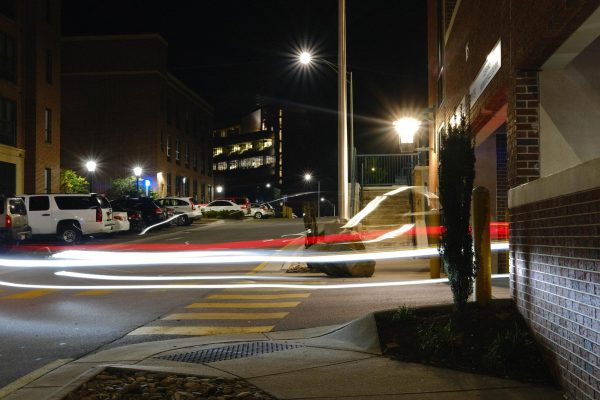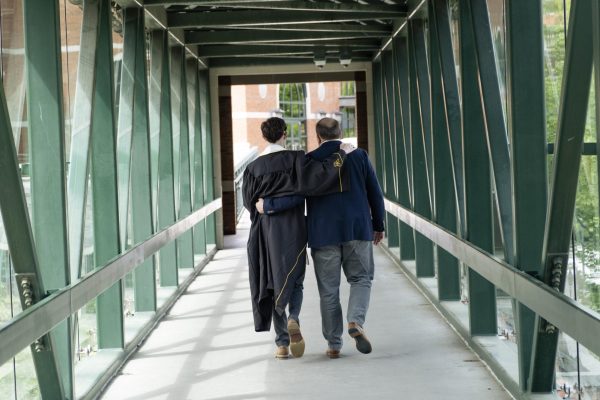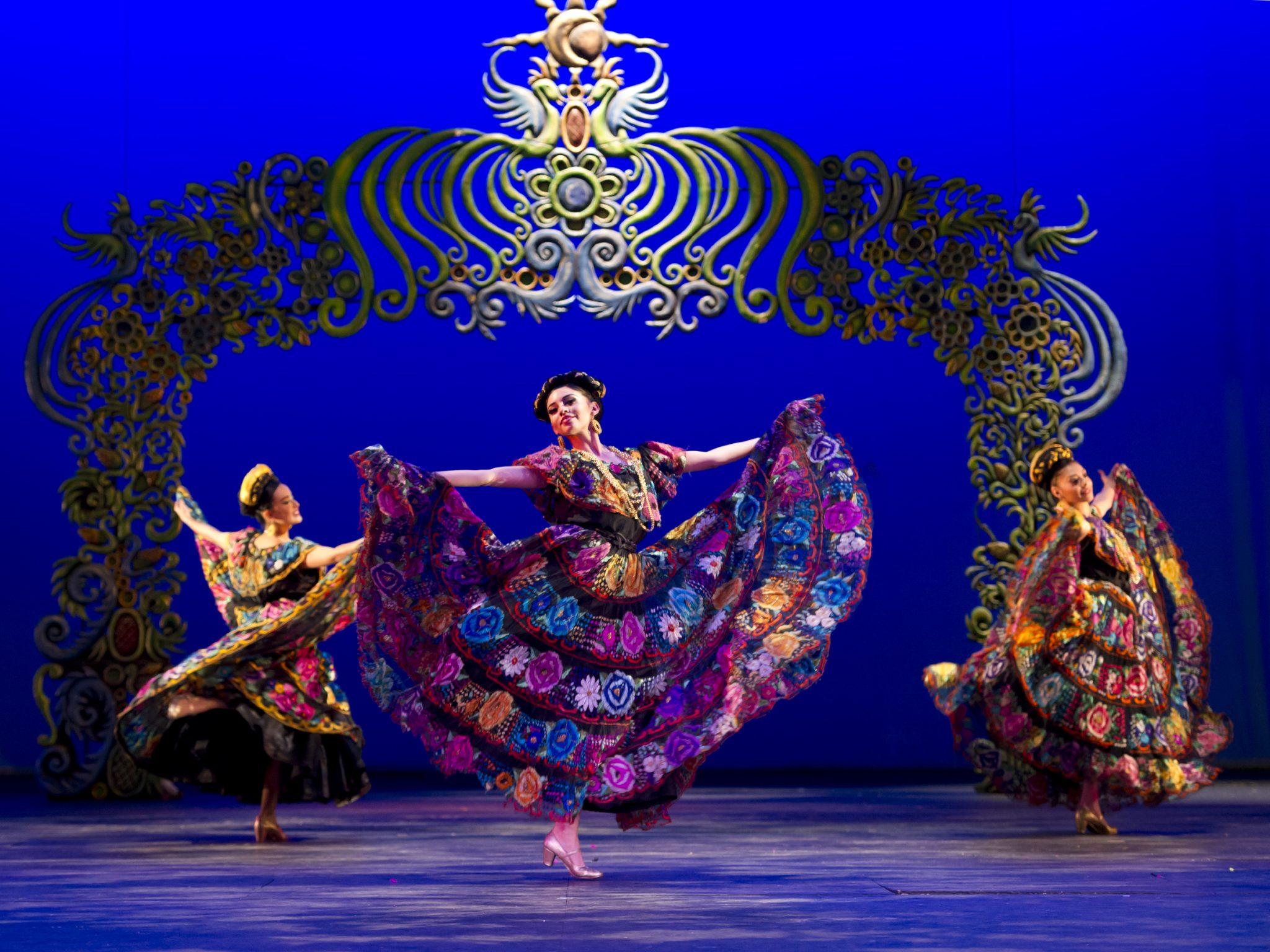Due to the rising Mexican population in the U.S., Americans have been evermore exposed to the diverse culture and traditions varying among each state and region. The Ballet Folklórico De México De Amalia Hernández came to the Schaefer Center for the Performing Arts Nov. 14 and gave a glimpse of the colorful history Mexico has to offer.
Dancer and choreographer Amalia Hernandez founded the company Ballet Folklorico de México De Amalia Hernandez in 1952, according to the event program. From an early age, she had a desire to rescue the dancing traditions of Mexico to show not only in Mexico, but in the rest of the world as well.
Hernandez’s goal was to show the Mexican dances from the pre-Columbian era, the Hispanic Viceroy period and the 1910s revolutionary period.
Since 1959, the company has been located at the Palace of Fine Arts in Mexico City. The company has given over 5,000 performances. It has been awarded over 300 awards for its artistic efforts.
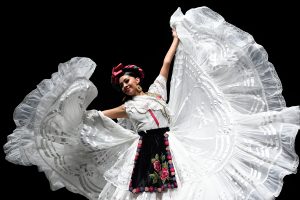
Ballet Folklorico de Mexico De Amalia Hernández gained recognition by getting the opportunity to work with the Mexican television show “Función de Gala,” a project that was promoted by Don Emilio Azcárraga Vidaurreta, president of “Telemundo,” and showcased dances for regions and countries such as Michoacán, Veracruz and Jalisco.
“It’s so beautiful I actually cried because it’s my culture, so I feel it in my heart and it made me feel a lot of emotions,” Jade Maturido, a spectator, said.
The ballet began by showing the indigenous influence on Mexico with the dance “The Great Tenochtitlan,” taking inspiration of the Aztec city of Tenochtitlàn. In the folklore, the Aztecs were seeking a sign from the gods on where to establish their home. The sign came in the form of an eagle eating a snake. The city is now known in present day as Mexico City, according to the program.
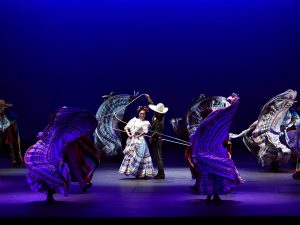 The next dance, “Revolution,” showed the 1910 revolutionary period of Mexico, including the women’s involvement in the struggle. The dance is dedicated to “soldaderas,” women who supported and bore arms with men in Mexico’s fight for liberty, according to the event program.
The next dance, “Revolution,” showed the 1910 revolutionary period of Mexico, including the women’s involvement in the struggle. The dance is dedicated to “soldaderas,” women who supported and bore arms with men in Mexico’s fight for liberty, according to the event program.
“Jalisco Festivity” concluded the night with joy and celebration of Mexican nationality and identity. The state of “Jalisco” is called the land of the “Charros,” a traditional horseman from Mexico known for its spirited celebrations, according to the event program. The performance showed authentic parades.
“Jalisco Festivity” let audience members engage firsthand in the traditional dances and celebrations.
“I’m white so I don’t see stuff like this, so it’s amazing to see the beauty and the culture, and how vibrant and passionate everyone is,” freshman elementary education major Joey Hickman said.
The Ballet Folklórico De México has dance showcases for adults and children.
“The Mexican culture is very beautiful,” the ballet’s artistic coordinator Carlos Antúnez said. “It’s an honor to show the world, but it’s also a responsibility.”
The Ballet Folklórico De México showed not only the traditional dances, but the celebrations as well.
All of the dancers come from Mexican descent, originating from all regions of Mexico.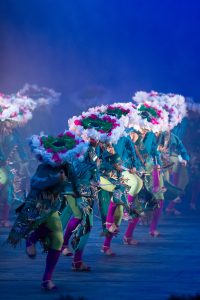
To prepare for the performance, dancers must practice for eight hours per day. Their regimen includes hours of dance preparation for each dance style.
“First we do classical ballet, then contemporary, zapateo and rehearsals,” Antúnez said.
The Ballet Folklórico De México travels to many cities showing Mexico’s beauty.
“For example, today we had a children’s function in the morning we had to get ready for, so we had a brief rehearsal for two hours, then an hour spent on warm-ups, and then the children’s function,” Antúnez said. “Later on today, we have a ballet class and a function for adults.”
After its performance in Boone, the company will travel throughout the United States and Mexico showcasing Mexico’s culture. From Mexico City to New York city, this group has shown the pride and joy in being Mexican.
Story by Marbeth Salinas, A&E Reporter
Photos courtesy of The Schaefer Center






